 A few days ago I was listening to my favorite carol, and I found myself imagining the families of the victims of Sandy Hook Elementary, and what it might be like for them to hear these words.
A few days ago I was listening to my favorite carol, and I found myself imagining the families of the victims of Sandy Hook Elementary, and what it might be like for them to hear these words.
Silent night! Holy night!
All is calm all is bright
But where is the brightness and calm today? We seem to be immersed in strife and discord. Our “leaders” spent billions of dollars this year defaming one another, dodging accountability, passing the buck. In America certainly, but all over the world. In politics it’s absolutely clear, but the same is happening in every sector of society. We’re getting better and better at blame.
And me too.
As I’ve read articles and reflections and facebook posts and petitions of people trying to make sense of Sandy Hook, there is one common theme. Some people say it’s the fault of our education system. Others say that we have poor legislation and inadequate enforcement. Some even say it’s God’s punishment for not allowing prayer in school. Some are talking about the shooter’s parents, some about our mental health system. A few are even looking more deeply at our cultural context of disconnection.
The common theme is blame. Just as I did, decrying the lack of principled leadership in our world today. Looking at the neuroscience, it feels better to blame. When we blame, we know the answer, and that feeling of righteous wrath is actually a dopamine reward that our brain emits when we “know.” While this is part of our basic neurology, we also other circuits that allow alternatives.
The problem, of course, is that while it’s comfortable to be on our high horses blaming others, nothing changes. I, for one, am ready for change. Perhaps the “good” from this brutal tragedy is that many of us are now saying we want to change. Change, of course, requires doing something differently. It’s not comfortable. In fact it’s scary. By definition, it means entering the unknown.
So what’s the alternative to blame? Perhaps we can start with the opposite: Ownership. Where is my responsibility for Sandy Hook? And, even more, for the strife that seems so common today?
Taking ownership is not about blaming myself either. It’s not useful to self-flagellate nor to imagine myself as more powerful than I actually am. Rather, I’d like to look at the violence in my own heart.
If I’m a “leadership expert,” how am I leading myself? When do I let myself slide into a cycle of blame and move toward hatred? When am I violent – perhaps not with my fists, but with my thoughts and words and feelings?
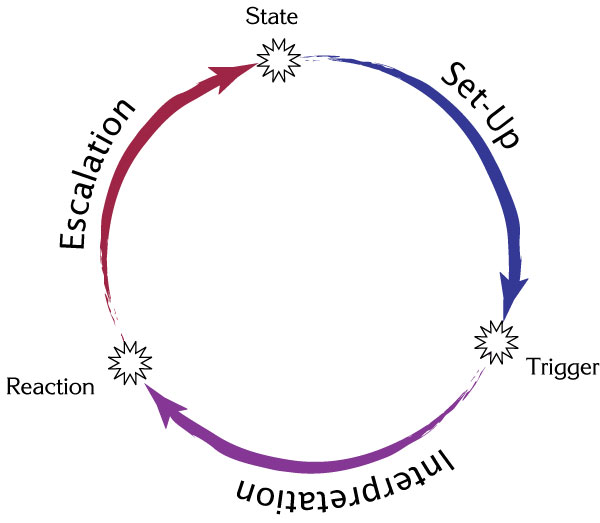
Many years ago I was looking at the research on escalation, stress, and conflict, and I saw that generally we conceptualize “reaction” in a linear process of state-> trigger -> interpretation -> reaction:
We’re having a rough day, someone provokes us, we decide they’re a jerk and we yell.
This is useful – if we can notice there are antecedents to the reaction, and there is a moment of evaluation, and a reaction, we’re well on our way to changing the outcome. I was not satisfied with this kind of linear model, though, because in my experience reactions spiral. We don’t start with tabla rasa, and we don’t go back to a neutral state after the reaction. We spin.
So I put the three stages into a cycle, shown in this graphic. My experience is that seeing this map of our reactions can help us notice the process unfolding, and then step off this “un-merry”-go-round.
Here’s a video where I explain the cycle – it’s from our interactive TV channel for managers, ManagementNetworks:
Brining this back to the violence in our own hearts, it’s essential to realize that in each of these three stages of reaction, we have a choice.
In the Set-up phase, we need to notice: I’m getting out of balance. There are signals such as tension in our throats, shoulders, faces. Uncomfortable sleep. Lethargy or excitability. Scattered thoughts. We need to notice these signals and attend to them before we go further into reaction. Research has validated many tools to make this shift, such as appreciative inquiry, meditation, HeartMath, exercise, prayer, or even time in the sunlight.
The Interpretation phase is very short, but it’s essential. We interpret the stimuli based on our current cognitive and emotional state – so our Set-Up changes our interpretation. We have patterns of interpretation, and we’re good at fooling ourselves and making the situation fit our pattern; we might generalize, leap to conclusions, rush up the ladder of inference, or exclude data that doesn’t match our assumptions. With practice we can train ourselves to notice our own interpretations of thought-feeling-action and slow this process down to be more careful.
In the Escalation phase, we have yet another choice. We can glory in the righteous wrath and justify our own inner violence by telling ourselves we’re warriors of good. At the other extreme, we can revel in self-blame and even self-harm, directing our frustration and fear and pain inward. Or, we can recognize that our reactions are just reactions, and decide to step off the cycle. This takes an incredibly simple, incredibly powerful six second pause to integrate thinking and feeling and choose. One effective method is to ask ourselves powerful questions.
Of course just knowing what’s happening is not enough. In Spring we plant, in Fall we harvest, but in between there is a lot of work, painstaking follow-through required. Attending to the “weeds” and nourishing the soil, we can cultivate the garden of our own hearts and grow peace instead of violence.
Imagine what would happen if we each did so? What if a million of us made this a year of peace within ourselves? Then imagine listening to Silent Night a year from now:
Round yon virgin mother and child
Holy infant so tender and mild
Sleep in heavenly peace!
Sleep in heavenly peace!


 Recently a student told me that she dreads the “SEL” class in her school because, “the teacher is so fake.” Predictably, she admits no willingness to honesty express herself in this forum. I’ve noticed that, especially with teens, their “radar” is up, and when adults posture (perhaps with the very best of intentions), credibility and trust evaporate.
Recently a student told me that she dreads the “SEL” class in her school because, “the teacher is so fake.” Predictably, she admits no willingness to honesty express herself in this forum. I’ve noticed that, especially with teens, their “radar” is up, and when adults posture (perhaps with the very best of intentions), credibility and trust evaporate.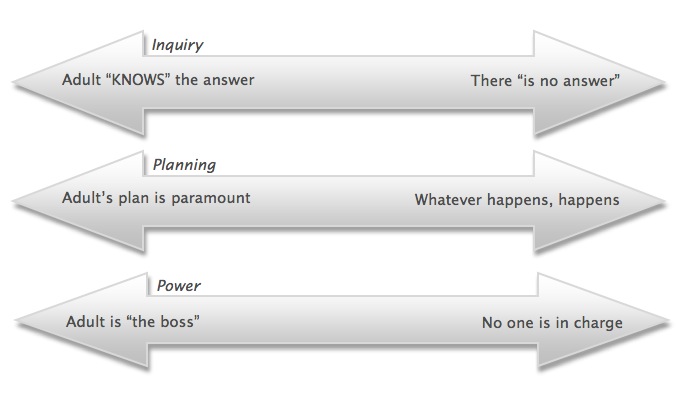
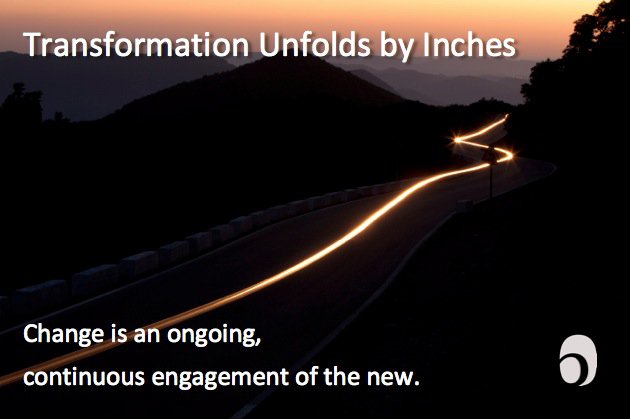
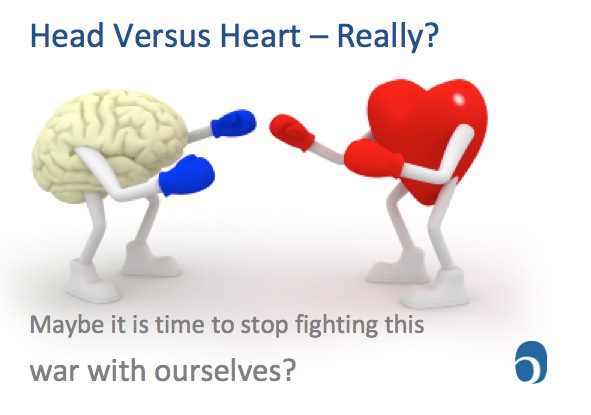

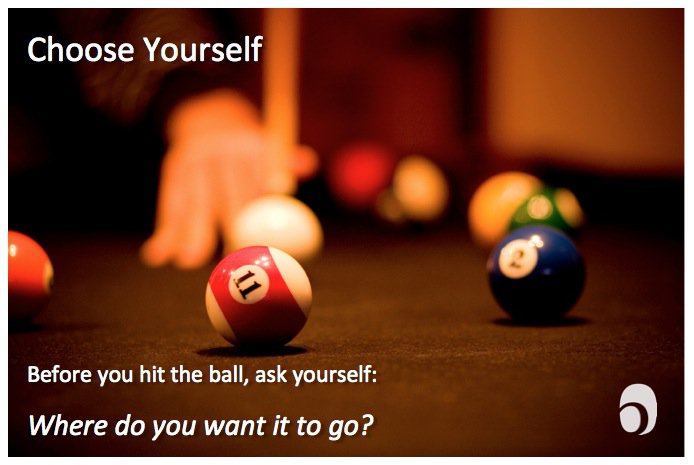 I’m a terrible, absolutely awful pool player. But I’ve noticed something intriguing: In this game, there is only ONE possible action. Hit the white ball. Your only “move,” your only way to affect the results, is to hit the white ball. Yet different results occur each time.
I’m a terrible, absolutely awful pool player. But I’ve noticed something intriguing: In this game, there is only ONE possible action. Hit the white ball. Your only “move,” your only way to affect the results, is to hit the white ball. Yet different results occur each time. Does unconditional love mean you accept people fully — without wanting them to be better? As a parent, does it mean you don’t push your kids to do better? As a spouse, does it mean you don’t encourage your partner to grow? As a manager, does it mean you accept ho-hum performance?
Does unconditional love mean you accept people fully — without wanting them to be better? As a parent, does it mean you don’t push your kids to do better? As a spouse, does it mean you don’t encourage your partner to grow? As a manager, does it mean you accept ho-hum performance? A few days ago I was listening to my favorite carol, and I found myself imagining the families of the victims of Sandy Hook Elementary, and what it might be like for them to hear these words.
A few days ago I was listening to my favorite carol, and I found myself imagining the families of the victims of Sandy Hook Elementary, and what it might be like for them to hear these words.

 My family and I are back in Japan “on the way home” from our 10 weeks in Asia; almost 2 months ago we visited Kiyomizudera, the temple of pure water, in Kyoto — and there’s a scene that keeps playing in my mind.
My family and I are back in Japan “on the way home” from our 10 weeks in Asia; almost 2 months ago we visited Kiyomizudera, the temple of pure water, in Kyoto — and there’s a scene that keeps playing in my mind. 
 This week in Laos, we received a wonderful gift. My family and I were on our writing retreat, and Max was working on a video about a place called “House of Dreams.” They have six Lao village children who’ve come to live and study in the city, because otherwise there is no secondary education available – and no options for the future. The House of Dreams invited us to a special ceremony to thank us for helping them, and to celebrate our new friendship.
This week in Laos, we received a wonderful gift. My family and I were on our writing retreat, and Max was working on a video about a place called “House of Dreams.” They have six Lao village children who’ve come to live and study in the city, because otherwise there is no secondary education available – and no options for the future. The House of Dreams invited us to a special ceremony to thank us for helping them, and to celebrate our new friendship. 